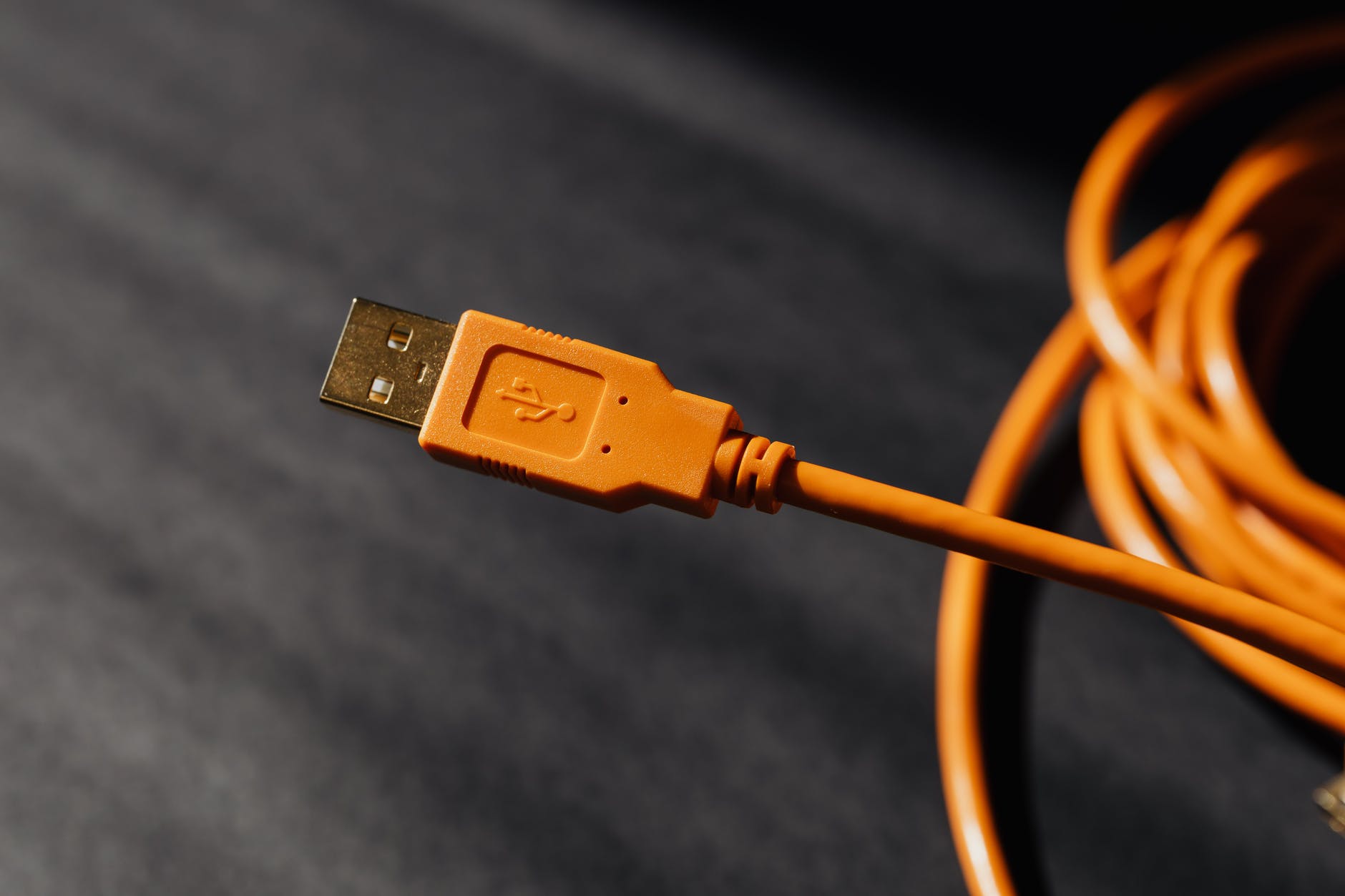USB
USB in its initial abbreviation means "Universal Serial Bus". It is one of the oldest computer interfaces still used today. In the past, USB was known as a port in computers, but today it can be found on practically any piece of electronics. From televisions, through smartphones, wireless headphones, hand vacuum cleaners to LED lamps, game consoles or cameras.
USB 1.0
The first labeled version USB 1.0 made its debut in January 1996. It brought transfer speeds reaching 1.5 and 12 megabytes per second in full deployment. The reason for supporting this pair of transmission speeds is simple. The low speed of 1.5 Mbps was used by connected devices that do not transfer a large amount of data, such as a keyboard and mouse.
The higher speed was then used by connected media devices, such as printers or other external modules. The first widely used USB was the one with the designation 1.1. It appeared in the Apple iMac computer in September 1998. Later, several other manufacturers also decided to start using USB on their computers.
USB 2.0 a USB 3.0
In April 2000, we saw Universal Serial Bus 2.0. In reality, however, it was only available a year after that. Companies such as Hawlett-Packard, Intel, Lucent Technologies (Nokia), NEC, and Phillips have pushed transmission speeds to higher levels. The leap compared to version 1.0 is really huge.
The edition labeled 2.0 brought 480 Mbps right away. On November 12, 2008, the speed increased again, thanks to the arrival of Universal Serial Bus 3.0, up to a respectable 5 Gbps. This speed was often nicknamed "SuperSpeed". The USB "troika" deals mainly with low energy consumption while increasing the output power. The first devices using this port arrived in January 2010.
Universal Serial Bus 3.1 prvej a druhej generácie
USB 3.1 was revealed in July 2013 and brought many question marks. There was not just one single standard, but two, namely USB 3.1 Gen 1 and USB 3.1 Gen 2. While Gen 1 kept its "SuperSpeed" transfer speed (5 Gbps), Gen 2 immediately increased it to 10 Gbps ( SuperSpeed+).
USB-A
USB-A is the first flat connector with a rectangular shape. We encounter this type most often with computers, laptops, game consoles, televisions and so on. Over the years of its existence, the port has developed up to the mentioned version 3.2, which brings high transfer speeds while maintaining low energy consumption.
USB-B
According to XDA-developers, this type of port is not that often used. You can find it on large electronic devices such as printers, scanners or audio devices. The port has a cube shape and the other side of the connecting cable has a USB-A terminal in the vast majority of cases.
Mini-USB
Mini-USB is an outdated, miniature port, used primarily on small devices such as mobile phones, tablets and other small-sized gadgets. Today they are replaced by other alternatives.
Micro-USB
The Micro-USB port is most likely remembered by all smartphone enthusiasts. It wasn't that long ago when it was a common standard. Today it is already replaced by the USB-C connector.

